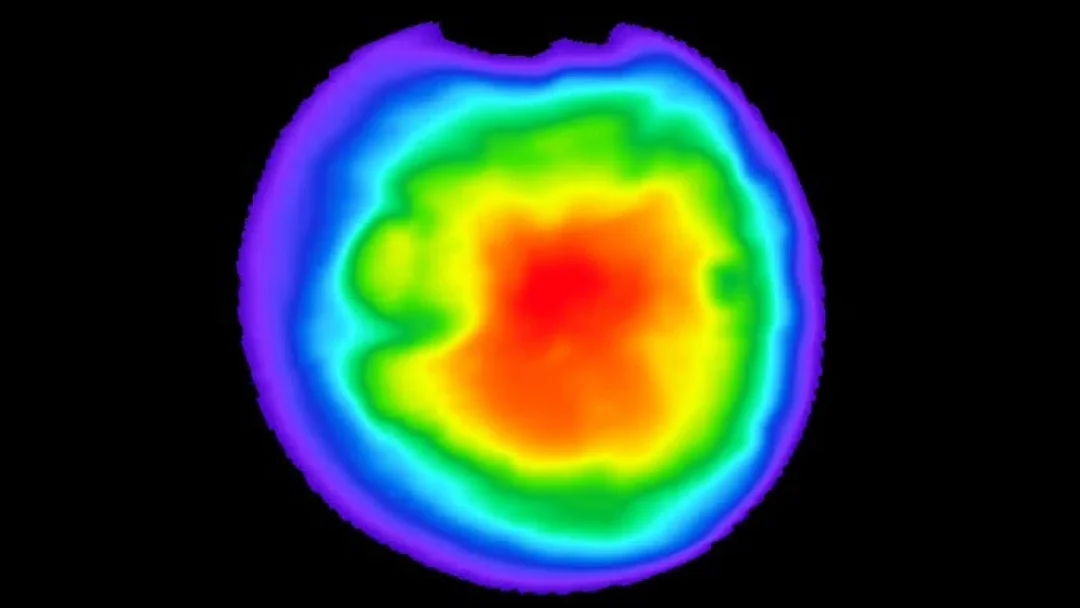
Europa Clipper’s Mars Flyby: A Ghostly Infrared Portrait Reveals Mission Readiness
NASA's Europa Clipper, en route to Jupiter's icy moon Europa, recently executed a successful flyby of Mars, capturing striking infrared images. This wasn't just a photo op; it was a crucial test of the spacecraft's instrumentation, ensuring its readiness for the mission ahead. The flyby, which occurred on March 1, 2025, provided a valuable opportunity to calibrate the Europa Thermal Imaging System (E-THEMIS), a key instrument for studying Europa's potential habitability.
The images, compiled from over a thousand grayscale snapshots taken during the flyby, have been colorized to represent temperature variations. Warmer regions appear red, while colder areas are depicted in blue. One notable feature is the dark, frigid northern polar cap, contrasting with the warmer equatorial regions basking in the Martian sun.

Phil Christensen of Arizona State University, principal investigator of E-THEMIS, emphasized the importance of validating the instrument's performance. "We wanted no surprises in these new images," he stated. "The goal was to capture imagery of a planetary body we know extraordinarily well and make sure the dataset looks exactly the way it should, based on 20 years of instruments documenting Mars." For comparison, NASA's Mars Odyssey orbiter, equipped with a similar thermal imaging instrument (THEMIS), collected data before, during, and after the Europa Clipper flyby. This side-by-side comparison provided an additional layer of verification.
The Europa Clipper mission, launched on October 14, 2024, aims to determine whether Europa's subsurface ocean could support life. The flyby offered a critical opportunity to test all components of its radar instrument – something that had to be performed en route due to the size of its antennas.
E-THEMIS will play a vital role in this investigation by mapping temperatures across Europa's surface. Warmer areas could indicate recent geologic activity or areas where the subsurface ocean is closer to the surface. Scientists believe that ridges and fractures on Europa's surface are caused by ocean convection pulling apart the icy crust, allowing water to rise and fill the gaps. Measuring the temperature of these features will help scientists understand the dynamics of Europa's icy shell and the potential for water eruptions.
The Mars flyby also served as a gravity assist, using the Red Planet's gravitational pull to adjust the spacecraft's trajectory and speed up its journey to Jupiter. The next gravity assist will be from Earth in 2026. Europa Clipper is expected to arrive at the Jupiter system in 2030, where it will conduct approximately 50 close flybys of Europa.
The successful Mars flyby represents a significant milestone for the Europa Clipper mission. What will these thermal images ultimately reveal about Europa's hidden ocean and its potential to harbor life? Share your thoughts in the comments below.